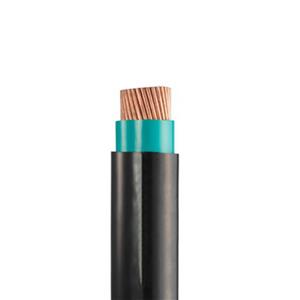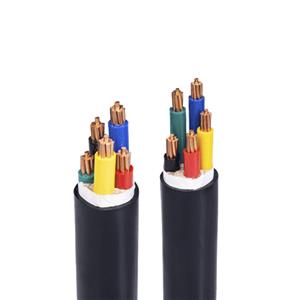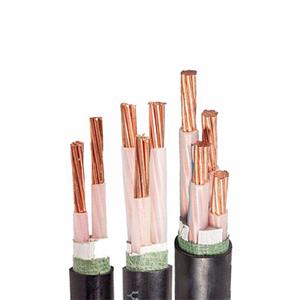From conductor to insulation, every millimeter helps power the world
Electricity is ubiquitous in modern life. From household appliances to the high-speed machinery on industrial production lines, electricity, as the core energy source, drives everything. But have you ever wondered how electricity gets from the power plant to our very being, and what determines its flow and its cessation? This brings us to conductors and insulators, which together make up wires. They are like two powerful assistants to electricity: one directs its flow, the other protects its boundaries. Together, they tell the fascinating story of power transmission.
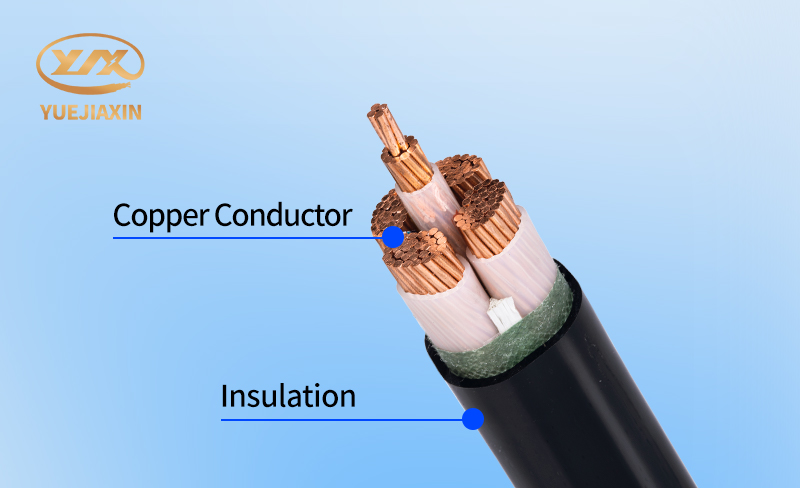
Conductors, by definition, are materials that allow electric current to flow easily, like a highway built specifically for it. Copper, the metal most commonly used in wires and cables, is the preferred material for their excellent conductivity and relatively low cost. From household wiring to high-voltage transmission lines, copper silently carries the heavy responsibility of transmitting electric current. Aluminum, due to its light weight and affordability, is also widely used in power transmission, particularly in overhead transmission lines where weight is a concern. Yuejiaxin Wire and Cable Manufacturer selects high-quality, high-purity, oxygen-free copper as raw material for its wires and cables to ensure the copper conductor's stable conductivity.
The counterpart of conductors is insulators, which act like gatekeepers in the world of electric current, preventing it from passing. In the vast and complex network of the power system, conductors and insulators do not exist in isolation; they work together to contribute to the transmission and distribution of electricity, like a carefully orchestrated symphony, with each instrument playing an indispensable role.
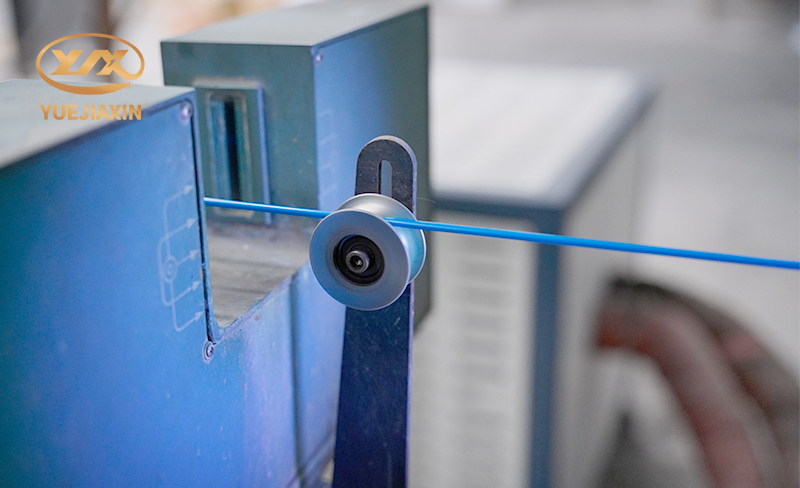
Take, for example, the common electrical wires we use in our daily lives. They are a prime example of how conductors and insulators work together. The interior of an electrical wire is made up of metal conductors such as copper or aluminum. These conductors, like the main roads on a highway, carry the current and transmit energy from the power plant to various power consumption locations. The exterior of the wire is covered in a thick layer of insulating material, which acts like a guardrail on a highway. This layer prevents current leakage, ensuring that the current can only flow within the metal conductor, preventing people from getting electric shock when touching the wire. It also protects the conductor from the external environment and extends the service life of the wire.
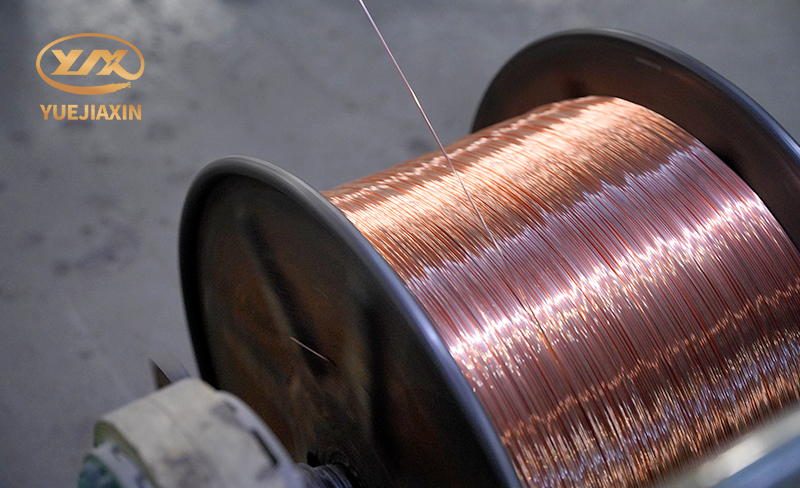
Conductors and insulators, these two seemingly simple materials, play a vital role in the world of electricity. Together, they form the cornerstone of modern power systems, and every millimeter contributes to electrifying the world.
- PVC-Insulated Cable
- 450/750V BV Single- Core Cu/PVC Cable
- 450/750V BVR Single- Core Cu/PVC Cable
- 300/500V Or 450/750V RV Single-Core Cu/PVC Flexible Cable
- 300/500V Or 450/750V RVV Multi-Core Cu/PVC/PVC Flexible Black Cable
- 300/500V Or 450/750V RVV Multi-Core Cu/PVC/PVC Flexible White Cable
- 300/500V Or 450/750V RVVP Multi-Core Cu/PVC/CWS/PVC Screened Flexible Cable
- 450/750V KVV Multi-Core Cu/PVC/PVC Control Cable
- 450/750V KVV22 Multi-Core Cu/PVC/STA/PVC Armoured Control Cable
- 450/750V KVVP Multi-Core Cu/PVC/CWS/PVC Screened Control Cable
- 450/750V KVVP2-22 Multi-Core Cu/PVC/CTS/STA/PVC Screened Armoured Control Cable
- 0.6/1KV PVC-Insulated PVC-sheathed Single-Core Power Cable
- 0.6/1KV PVC-Insulated PVC-sheathed Multi-Core Power Cable

